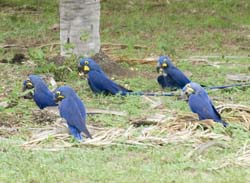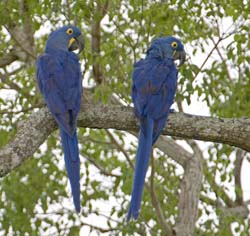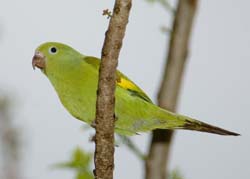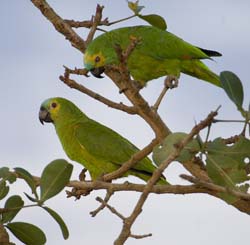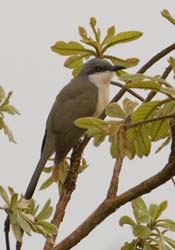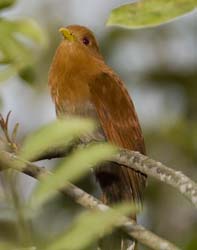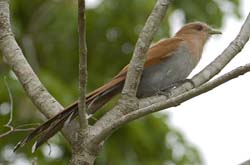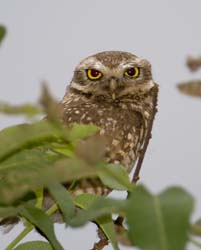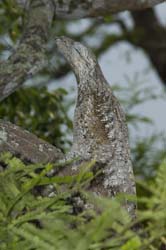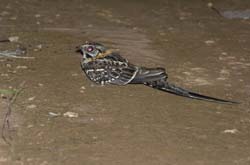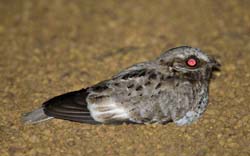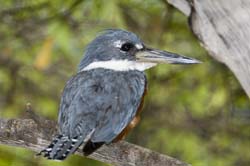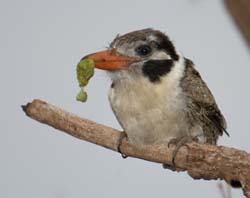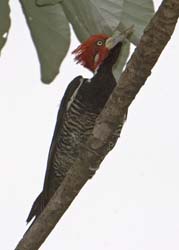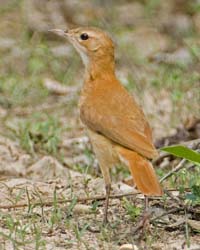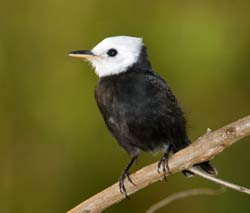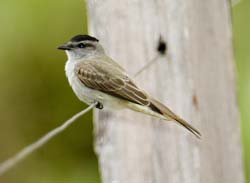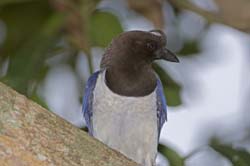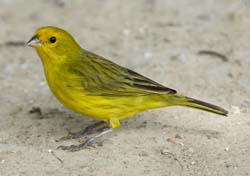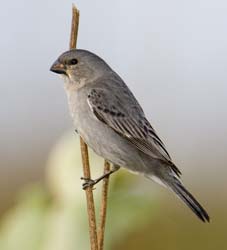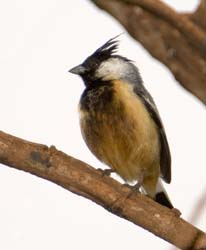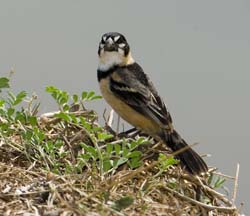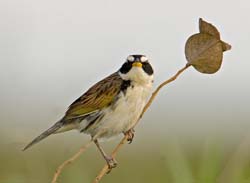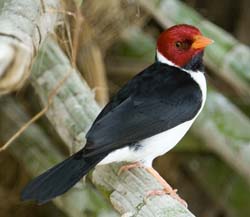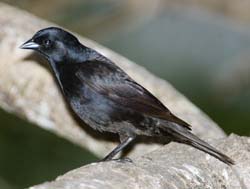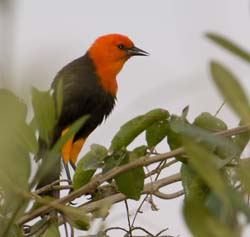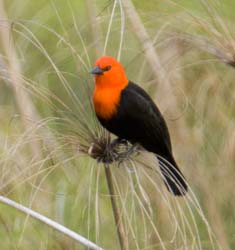
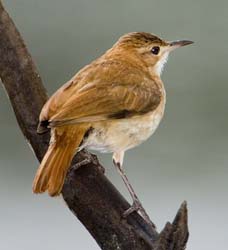
All of the following photos were taken on a trip to Brazil in 2006. We visited the Pantanal, Chapada dos Guimarães and Emas National Park. Click on any image to obtain a larger version.
If you want to send me email, click here: tomrdavis@earthlink.net.
Go to my home page. Go back to Brazil 2006 page
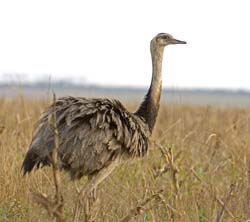 We saw a couple of these in the Pantanal, but as we approached Emas National Park, there were hundreds of them, mostly in huge farmed fields. Surprisingly, since "ema" is the Portuguese name for a rhea, there were hardly any that we saw inside the boundaries of the park itself.
We saw a couple of these in the Pantanal, but as we approached Emas National Park, there were hundreds of them, mostly in huge farmed fields. Surprisingly, since "ema" is the Portuguese name for a rhea, there were hardly any that we saw inside the boundaries of the park itself.
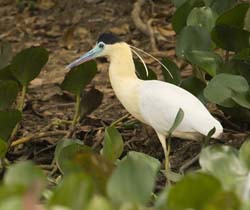
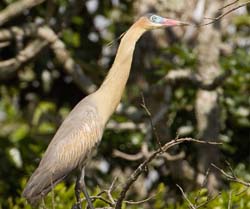
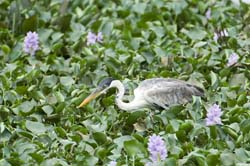
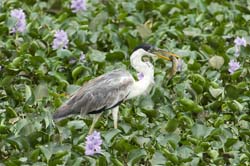
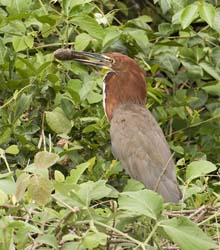

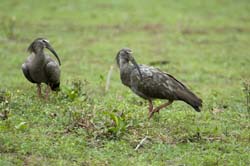
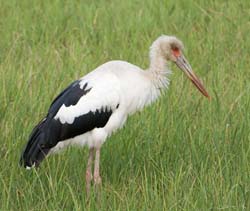
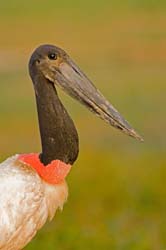
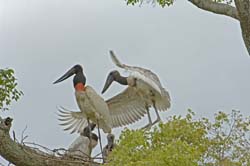
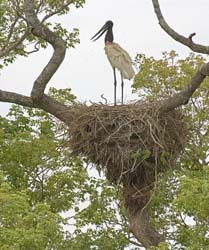

On your first visit to the Pantanal, if you're a birder at all, the number of Jabirus will compeltely blow you away: they become basically a "trash bird". The third photo here is pretty interesting: at first glance, it's the nest of a Jabiru, but in fact under the Jabiru's nest is a big collection of nests of the Monk Parakeet. You can see some of them in the larger version of the photo.


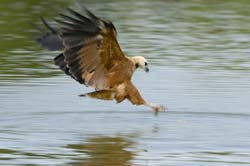
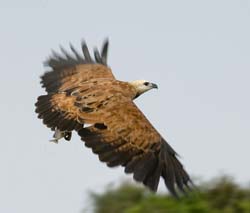

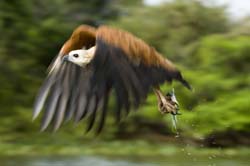
There are a lot of these Black-collared Hawks near Fazenda Santa Tereza. A few of them are accustomed to being fed piranhas previously caught by the boat drivers, so it is not too hard to get photos of them in flight, since you know exactly where they start, exactly where the fish will be tossed, where the sun is, et cetera.
My best photo was actually a series taken last year where I captured the hawk in four stages of taking the piranha out of the water. In fact, that panorama is on the main Brazil 2006 page. You can click on the image on that page to obtain a larger version.
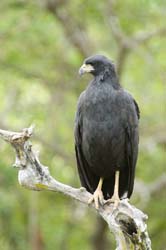
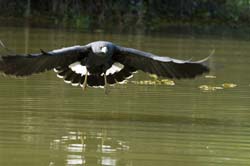
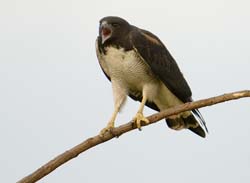
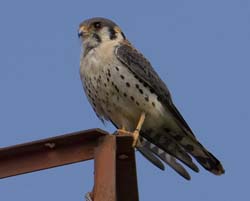

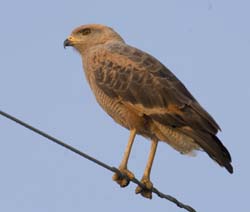

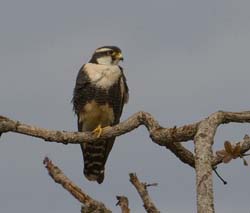
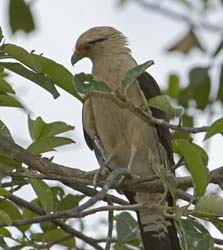
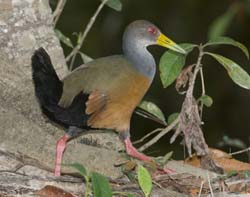
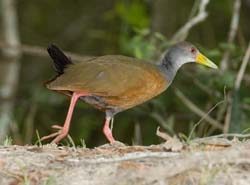
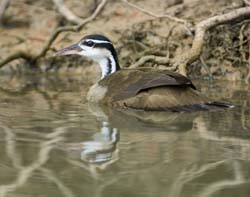
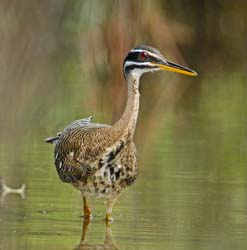
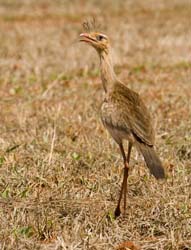
Apparently tall Brazilian girls are sometimes called "seriemas".
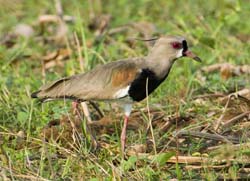
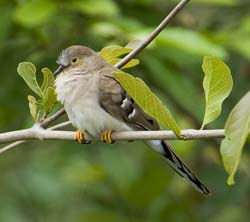
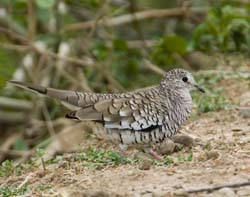
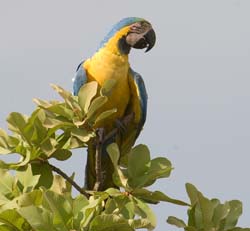
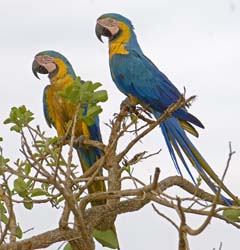
These beautiful birds were incredibly common in Emas National Park.
